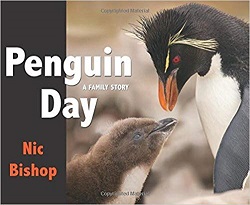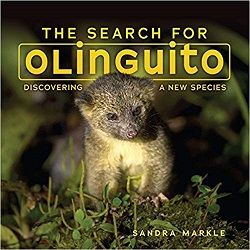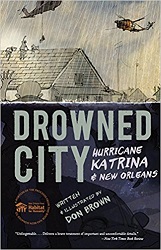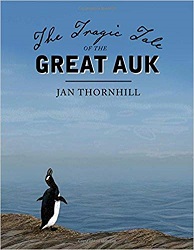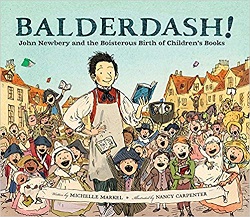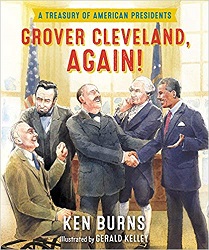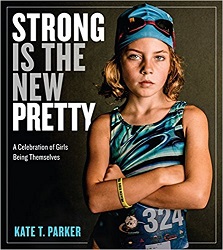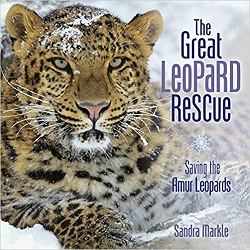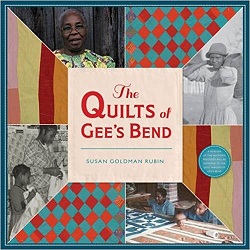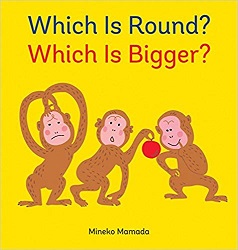Review of Penguin Day, by Nic Bishop
A Family Story
by Nic Bishop
Scholastic Press, 2017. 32 pages.
Starred Review
Nic Bishop’s stunning photographs make this book stand-out. It’s a simple picture book about the life of a baby rockhopper penguin – but the illustrations are clear photographs taken in the wild.
The language is simple. Here’s how it starts.
Morning has come and baby penguin is hungry. Baby penguin is too little to get breakfast, so mama penguin will go hunting.
Papa penguin will stay behind to keep an eye on the little one.
We see mama penguin’s hunting trip, and we see baby wander off but get protected from a hungry skua by papa penguin.
Clear, beautiful photographs illustrate the whole journey.
The short note at the back says:
The author spent three weeks photographing rockhopper penguins for this book. Severe gales and freezing temperatures often made things difficult for him but never daunted the penguins. Every day they ventured into stormy seas and climbed home over tall cliffs, meeting each challenge with feisty determination. More than one chick and its parents were photographed to make this book.
A fantastic introduction to nonfiction for littlest listeners and readers. This book would work well in a storytime, as well as for a young child beginning to be interested in the natural world, as well as for an older child who likes penguins.
Find this review on Sonderbooks at: www.sonderbooks.com/Childrens_Nonfiction/penguin_day.html
Disclosure: I am an Amazon Affiliate, and will earn a small percentage if you order a book on Amazon after clicking through from my site.
Source: This review is based on a library book from Fairfax County Public Library.
Disclaimer: I am a professional librarian, but I maintain my website and blogs on my own time. The views expressed are solely my own, and in no way represent the official views of my employer or of any committee or group of which I am part.
What did you think of this book?
